Curiosities of Argentina, a vast and diverse country in South America, is a land of striking contrasts, rich cultural heritage, and natural wonders. From the vibrant streets of Buenos Aires to the awe-inspiring landscapes of Patagonia, Argentina offers a tapestry of unique features that set it apart. In this exploration, we delve into some of the most striking curiosities that make Argentina a unique and captivating nation.
Tango:
Tango, born on the streets of Buenos Aires in the late 19th century, is not just a dance but an integral part of Argentine culture. With its sultry moves and passionate expressions, tango has become a symbol of Argentina’s identity. Visitors and locals alike can experience the magic of tango in the milongas, where dancers gather to showcase their skills and share the spirit of this iconic dance.
Mate Tradition:
The tradition of drinking mate, a herbal tea made from the leaves of the yerba mate plant, is deeply ingrained in Argentine culture. Shared among friends and family, mate is sipped through a metal straw called a bombilla. The social aspect of sharing mate makes it a unique and cherished cultural practice that reflects Argentina’s sense of community.
Pampas and Gaucho Culture:
The vast grasslands known as the Pampas are synonymous with Argentina’s gaucho culture. Gauchos, skilled horsemen and ranchers, played a crucial role in the country’s history. Today, visitors can experience gaucho traditions in estancias (ranches), where they can witness horseback riding demonstrations, enjoy traditional meals, and immerse themselves in the rugged charm of gaucho life.
Iguazú Falls:
Iguazú Falls, a UNESCO World Heritage Site, is one of the world’s most stunning natural wonders. Located on the border between Argentina and Brazil, the falls consist of a series of cascades surrounded by lush rainforest. The sheer power and beauty of Iguazú Falls make it a must-visit destination for nature enthusiasts.
Casa Rosada and Plaza de Mayo:
Casa Rosada, the iconic pink presidential palace in Buenos Aires, is situated on Plaza de Mayo, a historic square with deep political significance. The square has been a focal point for protests, demonstrations, and historical events, making it a symbol of Argentina’s political and social struggles.
Glaciar Perito Moreno:
The Glaciar Perito Moreno, located in Los Glaciares National Park in Patagonia, is one of the few glaciers in the world that is still advancing. Visitors can witness the dramatic calving of ice into Lake Argentino, creating a spectacular display of natural beauty. The glacier’s accessibility and dynamic nature make it a unique and awe-inspiring destination.
Wine Culture in Mendoza:
Argentina is one of the world’s major wine producers, and the region of Mendoza is at the heart of the country’s wine culture. The Malbec grape, in particular, has gained international acclaim. Visitors to Mendoza can explore the scenic vineyards, participate in wine tastings, and experience the artistry of Argentine winemaking.
La Boca Neighborhood:
The La Boca neighborhood in Buenos Aires is known for its colorful houses, tango culture, and the famous Caminito street. The area’s vibrant art scene, street performances, and the Boca Juniors football stadium make it a lively and distinctive part of the city.
Cordoba’s Manzana Jesuítica:
Cordoba, one of Argentina’s oldest cities, is home to the Manzana Jesuítica (Jesuit Block), a UNESCO World Heritage Site. This historic complex includes the oldest university in Argentina, the National University of Córdoba, and several Jesuit buildings that showcase colonial architecture and cultural heritage.
Aconcagua:
Aconcagua, the highest peak in the Americas, is a formidable mountain located in the Andes mountain range. Its snow-capped summit attracts climbers and adventurers from around the world. The challenge of reaching the summit and the breathtaking views from Aconcagua make it a prominent feature of Argentina’s natural landscape.
National Anthem’s Unique Lyrics:
Argentina’s national anthem, adopted in 1813, features lyrics that are notably longer and more detailed than many other national anthems. Written by Vicente López y Planes, the anthem’s verses narrate historical events, portraying the struggles and triumphs of the nation.
Quirky Ice Cream Flavors:
Argentina takes its ice cream seriously, and heladerías (ice cream shops) offer a wide array of inventive and quirky flavors. From dulce de leche to yerba mate and even wine-flavored ice cream, Argentina’s helado culture is a delightful and delicious experience for locals and visitors alike.
Salinas Grandes Salt Flats:
The Salinas Grandes, vast salt flats located in the northwest of Argentina, create a surreal and mesmerizing landscape. The expansive white salt crust, contrasted against the surrounding mountains, provides a unique setting for photography and exploration.
Penguins of Punta Tombo:
Punta Tombo, on the Atlantic coast, is home to one of the largest colonies of Magellanic penguins in the world. Visitors can observe these charming birds up close as they waddle through their natural habitat. The conservation efforts in Punta Tombo contribute to the protection of this unique penguin species.
Sierras de las Quijadas National Park:
Sierras de las Quijadas National Park, located in the San Luis Province, showcases stunning red rock formations and deep canyons. The park’s unique geological features make it a hidden gem for hikers and nature lovers seeking a lesser-known natural attraction.
Tierra del Fuego:
Tierra del Fuego, an archipelago at the southern tip of Argentina, is known for its rugged landscapes, pristine wilderness, and unique wildlife. The region offers opportunities for exploration, trekking, and connecting with the untouched beauty of Patagonia.
Cultural Heritage of Indigenous Peoples:
Argentina is home to various indigenous communities, each with its own distinct languages, traditions, and cultural practices. From the Mapuche in the Andean region to the Guarani in the northeast, the country’s indigenous heritage adds depth and diversity to Argentina’s cultural mosaic.
Torres del Paine National Park (Chilean Patagonia):
While situated mostly in Chile, Torres del Paine National Park is easily accessible from Argentina and offers breathtaking landscapes, including the iconic granite towers (torres) that give the park its name. The diverse ecosystems, including glaciers, lakes, and mountains, make it a must-visit destination for nature enthusiasts.
The Falkland Islands (Malvinas):
The Falkland Islands, known as the Malvinas in Argentina, have been a source of historical and geopolitical contention. The islands, located in the South Atlantic, remain a topic of discussion and national sentiment in Argentina, adding a unique dimension to the country’s identity.
Parrillas and Argentine Asado:
Argentina’s culinary culture revolves around parrillas, traditional steakhouses that specialize in asado, a style of barbecue. Argentines take pride in their beef, and asado gatherings are social events where friends and family come together to enjoy grilled meats, chimichurri sauce, and the convivial atmosphere of shared meals.
Conclusion:
Argentina’s uniqueness is woven into the fabric of its landscapes, cultures, and traditions. From the passionate dance of tango to the breathtaking natural wonders of Iguazú Falls and Glaciar Perito Moreno, Argentina invites exploration and discovery. The country’s ability to seamlessly blend urban sophistication with rugged wilderness, historical depth with contemporary vibrancy, makes it a destination that appeals to a wide range of interests.
As Argentina continues to evolve and embrace its diverse heritage, its striking curiosities remain a source of pride for its people and an invitation for the world to experience the richness of Argentine life. Whether savoring the flavors of mate, immersing oneself in the arts of Buenos Aires, or exploring the vast expanses of Patagonia, Argentina stands as a testament to the beauty of diversity and the enduring spirit of a nation that beckons with open arms.


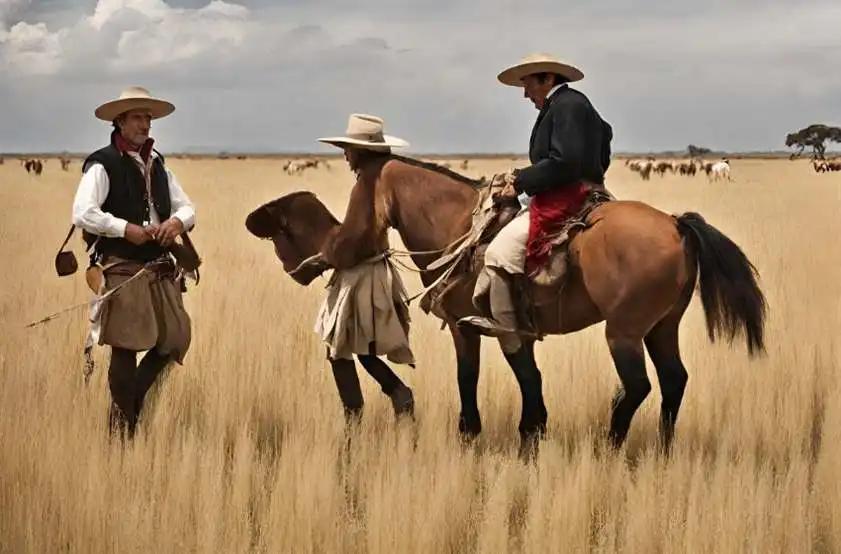
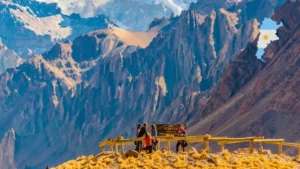




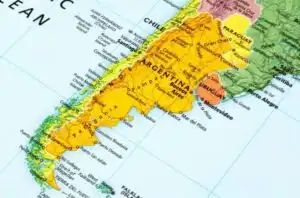










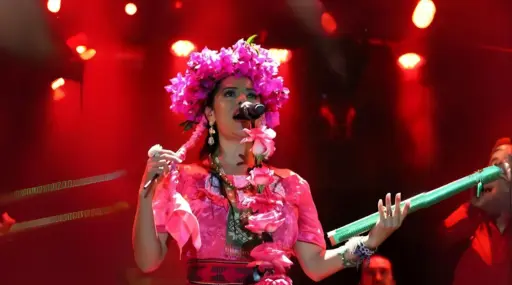











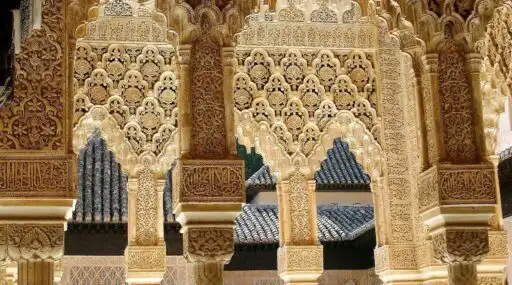
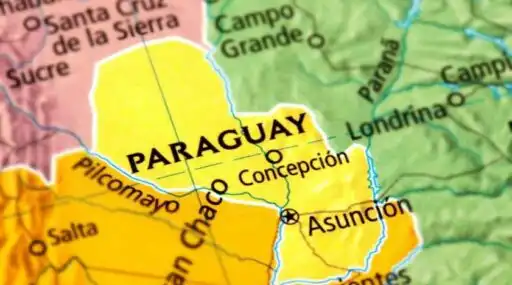





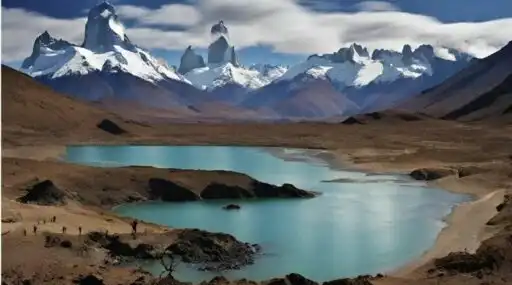







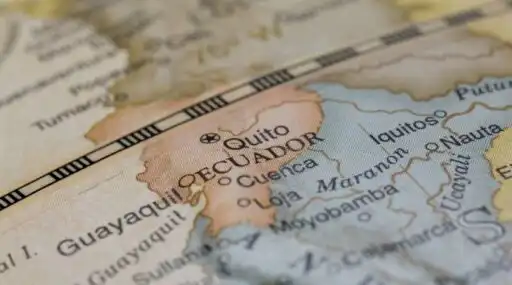


Leave a Reply